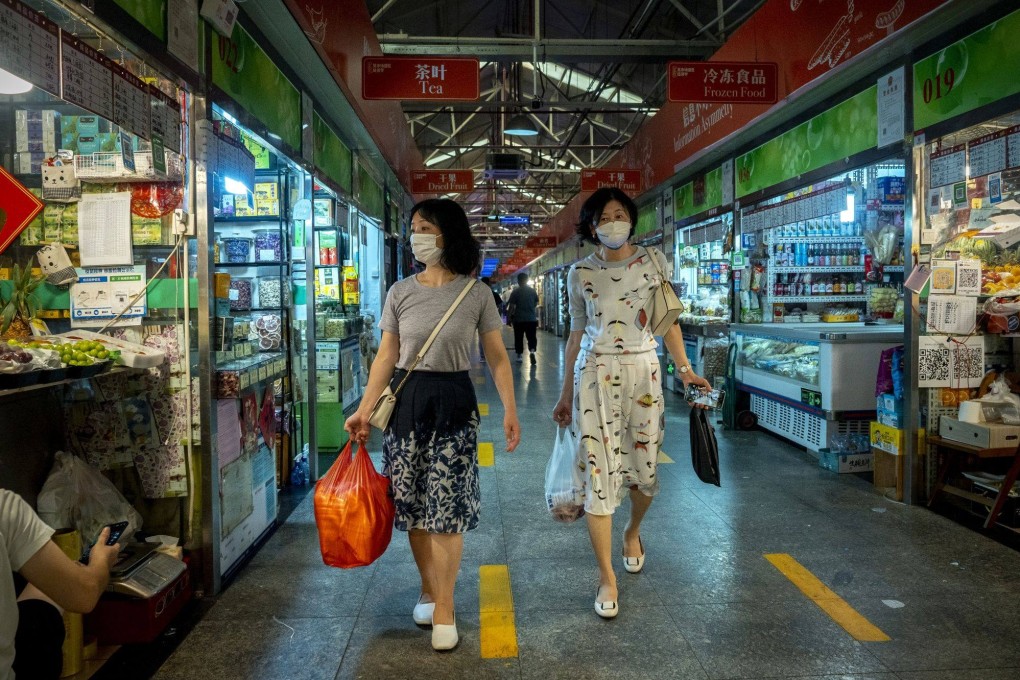Advertisement
Macroscope | China can’t ignore the US’ rising interest rates – it is not Japan
- Japan, which has been trying to raise the inflation rate for decades, is sticking to an ultra-loose monetary policy in the face of US hawkishness
- In China, such an approach carries the risk of rising capital outflows, renewed depreciation of the yuan versus the US dollar and unwanted inflation
Reading Time:3 minutes
Why you can trust SCMP
8

“It absolutely will not stop” may have been a descriptor for “the Terminator” in the 1984 movie, but it could equally be applied to the Federal Reserve as it raises US interest rates in 2022. That complicates matters for the People’s Bank of China (PBOC) as it seeks to navigate between the immediate needs of China’s economy and the bigger picture.
Looser PBOC monetary policy may make logical sense given the nature of the challenges currently facing the Chinese economy, but easing when the Fed is still raising US interest rates risks potentially undesirable consequences.
From an investment perspective, monetary policy trajectories in different jurisdictions have to be assessed on a cross-border basis.
Advertisement
In recent months, the Bank of Japan’s (BOJ) resolute adherence to its own ultra-accommodative policy settings, while the Fed hiked US interest rates, has played no small part in driving down the value of the Japanese yen on the foreign exchanges.
In turn, given that Japan, like China, is a massive importer of energy and raw materials, which are priced in US dollars, such yen weakness has exacerbated the inflationary impact on the Japanese economy from commodity prices that were anyway rising in greenback terms.
Advertisement
That’s not a problem for Tokyo, at least not for now, as Japanese policymakers have been seeking to generate sustainable 2 per cent consumer price inflation (CPI) in Japan for decades, albeit with little success.
Advertisement
Select Voice
Choose your listening speed
Get through articles 2x faster
1.25x
250 WPM
Slow
Average
Fast
1.25x
